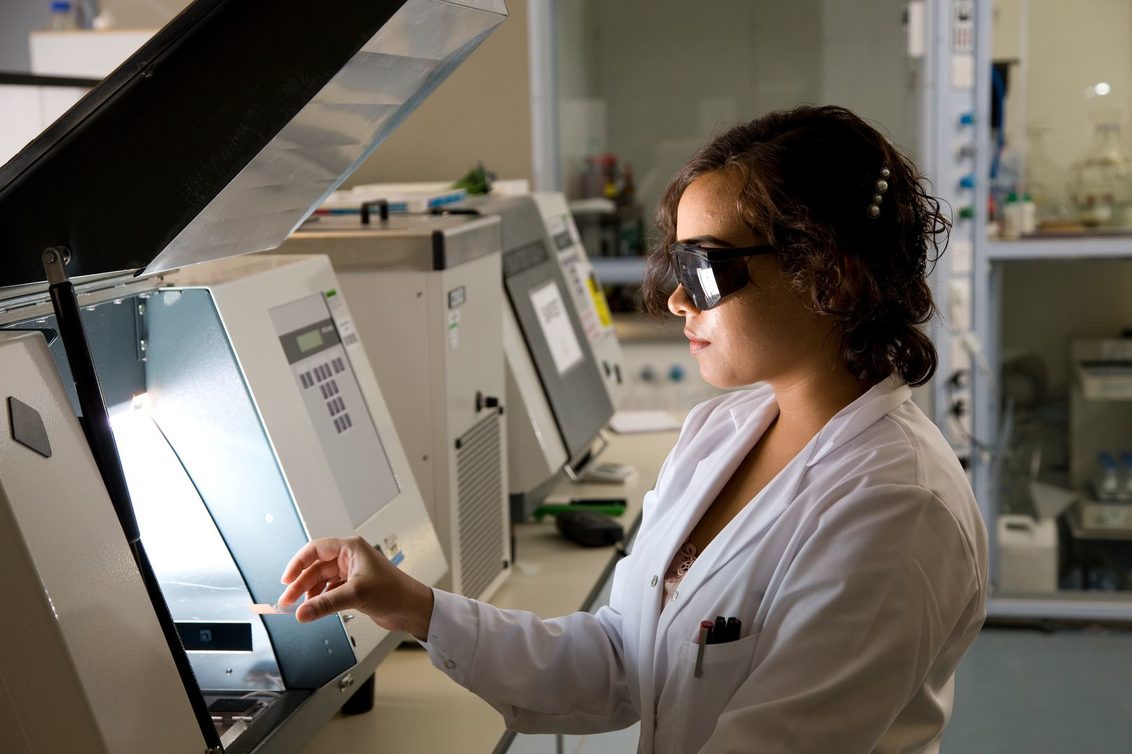A look beyond the horizon
A new technology that Syngenta is researching, based on natural defences against pests and pathogens, has the potential for highly targeted treatments for the future.

January is a time for thinking about the future so I thought you might like to hear about an exciting new crop protection technology Syngenta’s scientists are currently developing. The research is being led by our innovation centre at Ghent in Belgium but we are also working in partnership with several leading academic institutions and industry organisations to help us take the technology forward into products for farmers and growers.
The technique, called RNAi (RNA interference), offers a biological method of crop protection that can be targeted very accurately at an individual species, or a small group of closely related species, of crop pathogens or pests.
It harnesses a completely natural defence process that all organisms have evolved. By understanding how it works in nature, we are learning how to use it and how it could be incorporated into your crop protection programmes in future.
So, what’s the theory?
To grow and reproduce, animals, plants and fungi depend on the genetic instructions encoded in the molecular sequences along the DNA strands in their chromosomes. Those instructions need to be ‘read’ and translated to generate the enzymes and other proteins involved in all the other biochemical processes taking place in their cells.
That job is undertaken by molecules called messenger RNA, or mRNA. Chemically similar to DNA, these make copies of whole or parts of genes from the DNA which are needed to build enzymes and other proteins.
Viruses hijack that process when they infiltrate a cell. Their genetic code is embedded in double-stranded RNA which takes over from the host’s RNA, using the cell’s resources to make more copies of themselves.
As a defence, the host cells can recognise the difference between the viral RNA and their own mRNA, and activate specific resistance genes to produce enzymes that interfere with and break down the viral RNA. That’s the process we’re drawing on, helped by recent advances in genetic analysis techniques.
In nature, the RNAi mechanism is triggered by an invading virus. But for the purposes of crop protection we can make our own RNA and apply it against pests, such as insects and mites, and fungal pathogens to interfere with their cells’ messenger RNA.
We first have to identify a section of genetic code – and hence an mRNA sequence – that’s unique to the pest or pathogen we want to control. We then produce a ‘mirror image’ of that mRNA which is, in effect, a ‘spoof virus’ that the pest or pathogen’s natural defences will recognise as ‘foreign’ and work to remove. Finally we have to find a way of getting our RNA molecule into the target organism’s cells.
Max Newbert, Syngenta’s technical manager for insecticides and sustainability, emphasises two particularly important advantages of RNAi as a potential crop protection technique. First, RNA occurs everywhere in nature so we wouldn’t be introducing anything new to the environment. Second, since RNA is unique to individual species, the RNA applied to control a particular pest or disease would have no effect on any non-target organisms.

How far have we got?
The aim is to formulate RNA as an active ingredient in products you could apply with existing equipment, such as sprayers. RNA is quickly degraded in the environment so one challenge is how to keep it stable long enough to be of practical use.
We have already tested RNAi treatments on some crop pests, including Colorado beetle, a potato pest of worldwide importance. In our trials it began working shortly after application and was at least as good as the best current insecticides in terms of controlling the beetle and protecting the crop.
We have also demonstrated that RNAi treatments can be applied against individual pest species and related groups of species while having no effect on non-target organisms, including beneficials such as predators and pollinators.
Work now includes developing formulations to keep the treatment active for longer, to move systemically in the plant and even to target soil-dwelling pests. We also need to design ways to scale up RNA production. It’s likely to be at least the 2030s before products based on RNAi become available.
We are committed to sharing our research data on RNAi and you can find more detail from our trials here.

